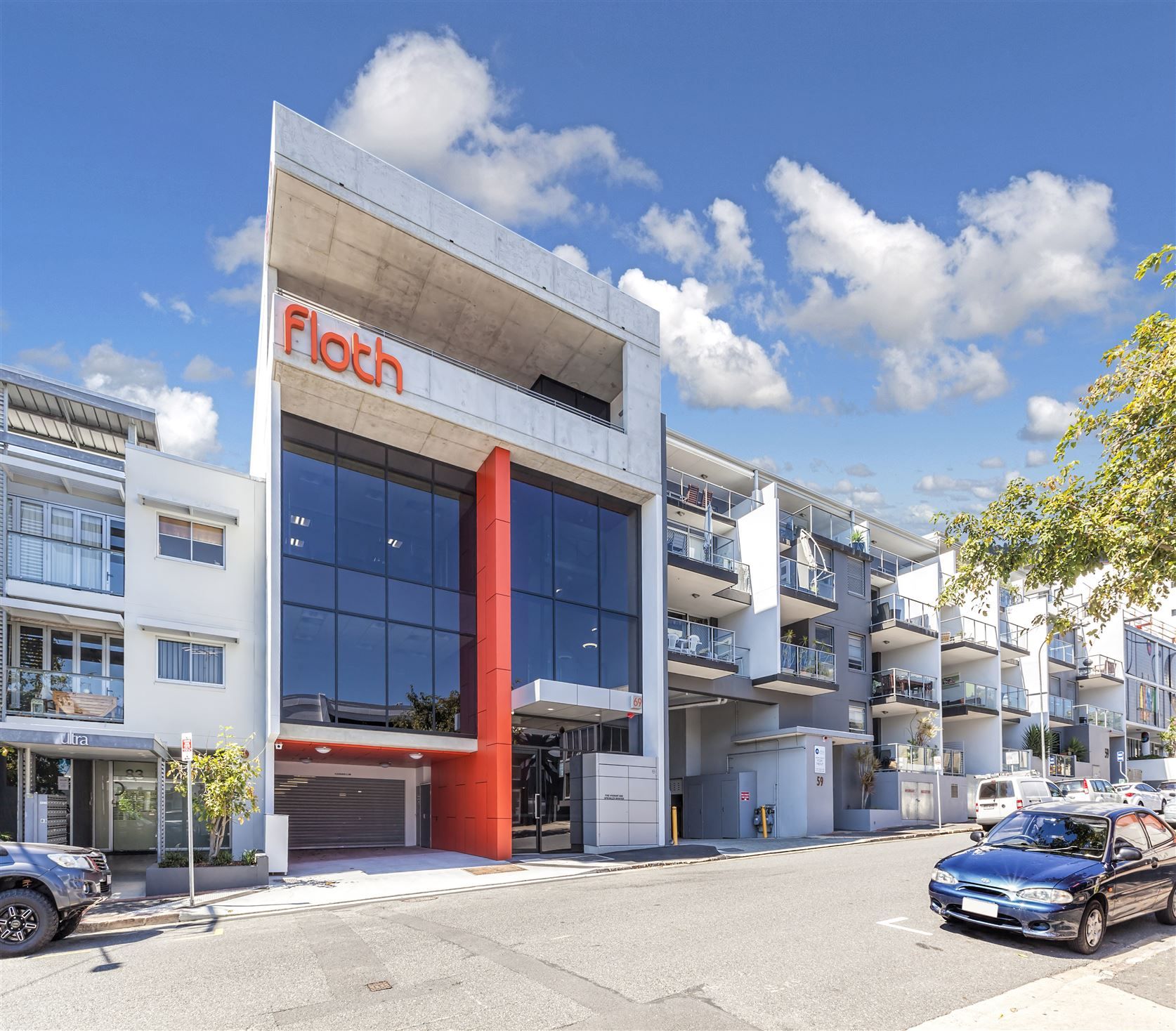
An early adopter of the Leica BLK360 scanner is Floth Sustainable Building Consultants, who have nationally adopted the scanning technology in the Brisbane, Sydney, Perth and Melbourne offices. Most of their clients are architects or developers involved in the retrofit of older commercial and industrial buildings including shopping centres, offices, hospitals and factories.
Floth’s National Manager for Building Information Modelling, Andrew Reynolds can also see potential in the scanner’s capacity for thermal imaging. Floth is looking into where they can use it to analyse light and heat coming into a room, to build heat maps in plant rooms and to record what services or equipment are operating and where.
The BLK360 is strikingly small, light, inexpensive and user-friendly. Packed into its black aluminum casing is a class 1 laser scanner scanning 360,000 points per second and capturing 15MP imagery. The unit uses its own Wi-Fi hotspot to stream both full-colour panoramic images and point cloud information to an iPad Pro using Recap Mobile. Point cloud information is further registered on a desktop using the Recap Pro software suite.

The BLK360 fills a niche. Image courtesy of Autodesk
Reynolds said their clients often request Floth to capture the as-built geometry and all the building’s features – the mechanical, electrical and plumbing services, the heating, ventilation, air-con – everything.
Until recently a typical job for Floth would require two engineers onsite with a tape measure for one or two weeks – recording information onto hard copy plans. Inevitably, the engineers would sometimes return to a site several times to pick up missed detail. That was before Floth invested in their BLK360.
“With the BLK360 the same job takes one or two days,” Reynolds said. “We capture absolutely everything up front, so there’s no need for return visits to check anything”.

Plantroom chiller coloured scan. Image courtesy of Floth Consulting
With the BLK360 set up at 5m intervals they were able to collect fine detail around repetitive structural framework. The steelwork was scanned on a medium setting and produced ‘fit for purpose’ accuracy so the 3D model could include the sizes and types of steel beams. This level of detail was critical to the consultant team in making informed decisions.

Isolating plant equipment. Image courtesy of Floth Consulting
Reynolds highlighted the benefits the BLK360 and ReCap Pro pairing offers for validating data onsite – scans can be aligned and then viewed, and data can be visualised in real time to confirm it isn’t corrupted and that coverage is adequate.
After acquisition, the point cloud data is registered and cleaned up in ReCap Pro, then exported in a format suitable for Autodesk’s Revit software (their clients’ 3D building information modelling software).
When asked whether the BLK360 ticks the box for portability, the two companies agreed that it does. At just 165mm tall and a weight of 1.1kg, it’s fine as carry-on luggage on flights. And that’s of huge benefit to both Realserve and Floth – with staff regularly flying to clients’ regional locations.
In relation to its size in particular, Andrew Reynolds said quite a few of Floth’s clients have heard about the BLK360. “But when they see it – so small and unassuming – they say, ‘Is that it?’”
“They think it looks like a mini R2D2”, he said.
Information provided by CR Kennedy. For more information about the Leica BLK360, visit http://building.crkennedy.com.au
Republished with persmission: https://www.spatialsource.com.au/cool-tools/does-leicas-blk360-really-measure-up


